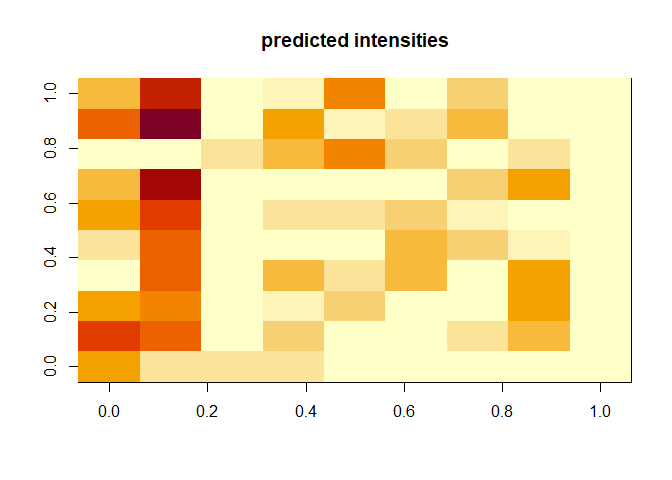
The hardware and bandwidth for this mirror is donated by METANET, the Webhosting and Full Service-Cloud Provider.
If you wish to report a bug, or if you are interested in having us mirror your free-software or open-source project, please feel free to contact us at mirror[@]metanet.ch.
The goal of LightFitR is to allow scientists to program complex light regimes with confidence.
Often, LED light fixtures are programmed with ‘intensity’ units, which often does not scale linearly with the actual measured light output from the light fixtures. Further, if using multiple wavelength channels, there will often be bleedthrough between the channels, affecting the quality and quantity of light received by your experimental subjects. Our package takes calibration data and user-defined target irradiances and it tells you what intensities to use in order to achieve those irradiances.
You can install the development version of LightFitR from GitHub with:
# install.packages("devtools")
devtools::install_github("ginavong/LightFitR")This is a basic example which shows you how to solve a common problem:
library(LightFitR)
# Prep variables
calib <- LightFitR::calibration
times <- LightFitR::time_vector
target_irradiance <- LightFitR::target_irradiance
# Run function
makeRegime(times, target_irradiance, calib$led, calib$wavelength, calib$intensity, calib$irradiance)
#> Ranges fall within irradiances acheivable by heliospectra: TRUE
#> Warning in internal.closestWavelength(unique(calibration_df$wavelength), : We
#> couldn't find exact matches with the peak wavelengths specified. Returning the
#> closest wavelengths
#> Warning in internal.closestWavelength(unique(calib$wavelength), peaks): We
#> couldn't find exact matches with the peak wavelengths specified. Returning the
#> closest wavelengths
#> Ranges fall within irradiances acheivable by heliospectra: TRUE
#> 00:00:00 00:05:00 00:10:00 00:15:00 00:20:00 00:25:00
#> time "00:00:00" "00:05:00" "00:10:00" "00:15:00" "00:20:00" "00:25:00"
#> hour "0" "0" "0" "0" "0" "0"
#> minute "0" "5" "10" "15" "20" "25"
#> second "0" "0" "0" "0" "0" "0"
#> 380nm "963" "1000" "1000" "74" "474" "1000"
#> 400nm "517" "1000" "1000" "1000" "1000" "1000"
#> 420nm "385" "0" "0" "0" "0" "160"
#> 450nm "493" "633" "278" "856" "51" "549"
#> 530nm "62" "86" "671" "485" "22" "484"
#> 620nm "6" "49" "43" "777" "821" "600"
#> 660nm "48" "499" "98" "176" "601" "292"
#> 735nm "12" "838" "1000" "1000" "278" "166"
#> 5700k "0" "0" "0" "0" "0" "0"
#> 00:30:00 00:35:00 00:40:00 00:45:00
#> time "00:30:00" "00:35:00" "00:40:00" "00:45:00"
#> hour "0" "0" "0" "0"
#> minute "30" "35" "40" "45"
#> second "0" "0" "0" "0"
#> 380nm "817" "50" "1000" "934"
#> 400nm "1000" "54" "1000" "1000"
#> 420nm "0" "525" "0" "0"
#> 450nm "0" "779" "1000" "261"
#> 530nm "61" "1000" "201" "1000"
#> 620nm "0" "629" "527" "9"
#> 660nm "710" "34" "886" "627"
#> 735nm "1000" "390" "177" "0"
#> 5700k "0" "0" "0" "0"You’ll still need to render README.Rmd regularly, to
keep README.md up-to-date.
devtools::build_readme() is handy for this.
You can also embed plots, for example:
In that case, don’t forget to commit and push the resulting figure files, so they display on GitHub and CRAN.
These binaries (installable software) and packages are in development.
They may not be fully stable and should be used with caution. We make no claims about them.